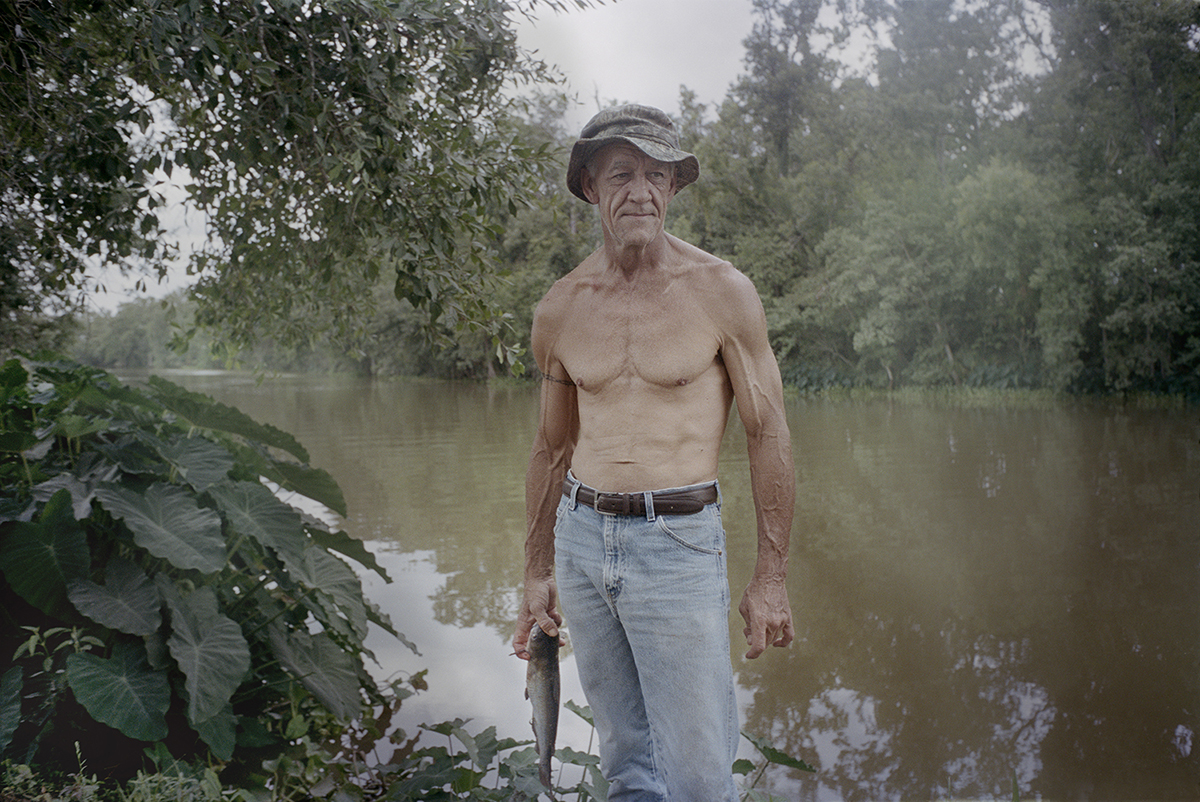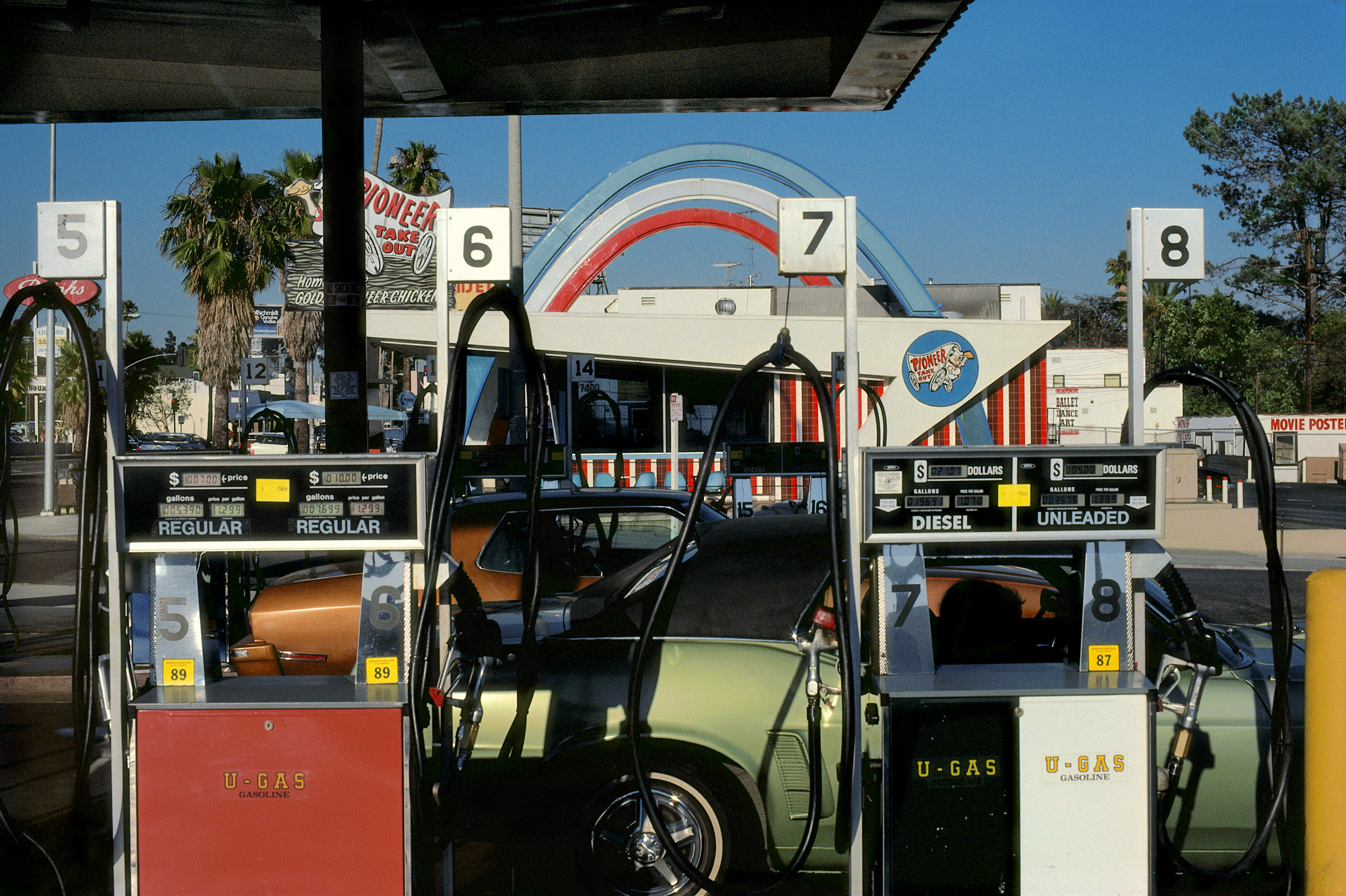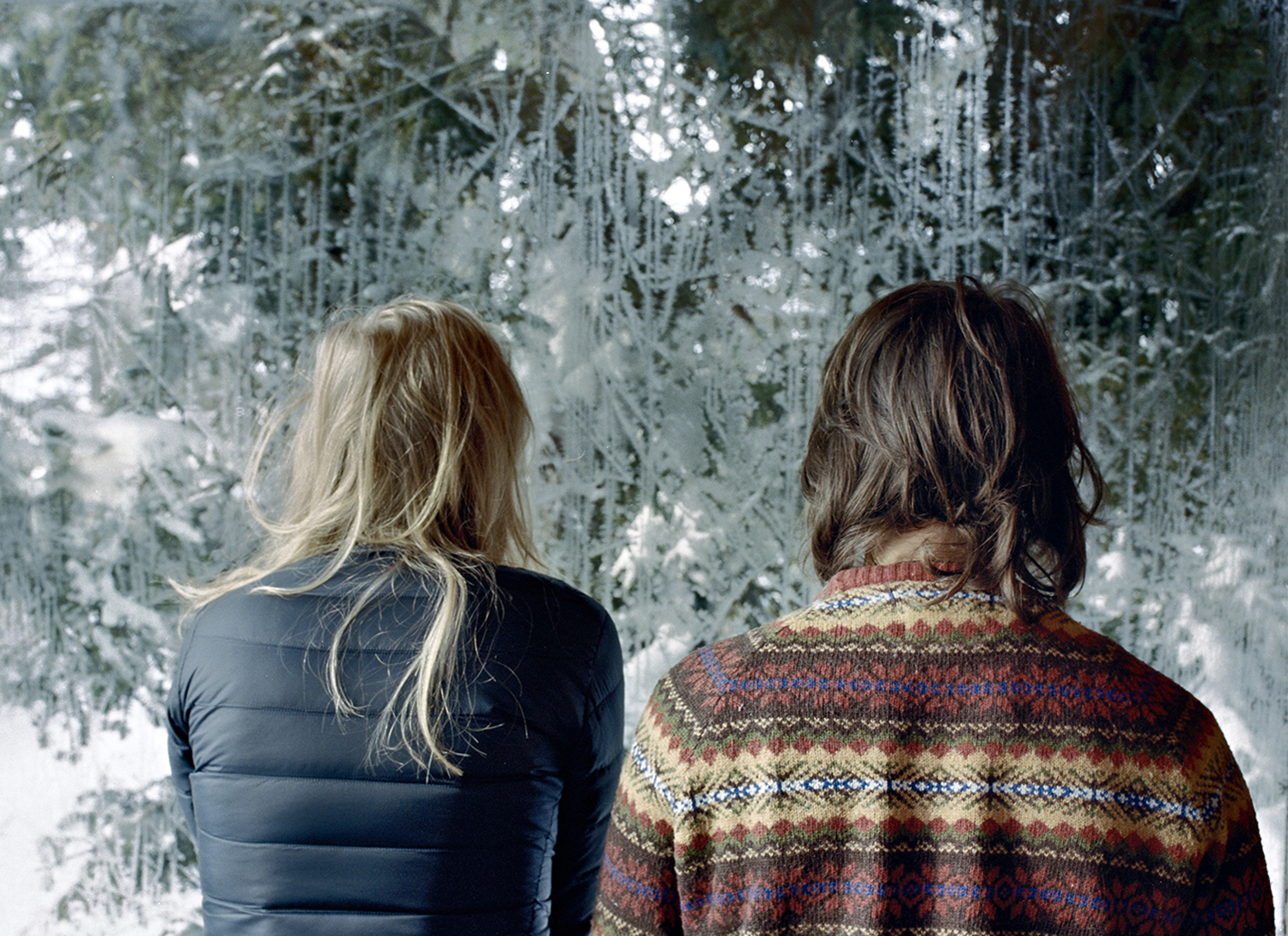
Tell me how did this project start?
I left for the city at 17, in 1971, when the two-lane road to San Francisco became four lanes. I looked back in my late teens and early twenties to make these photographs about my suburban roots. My photographs are from various suburban communities around the San Francisco Bay Area, predominately the East Bay, including Walnut Creek, and the North Bay counties of Marin and Sonoma.
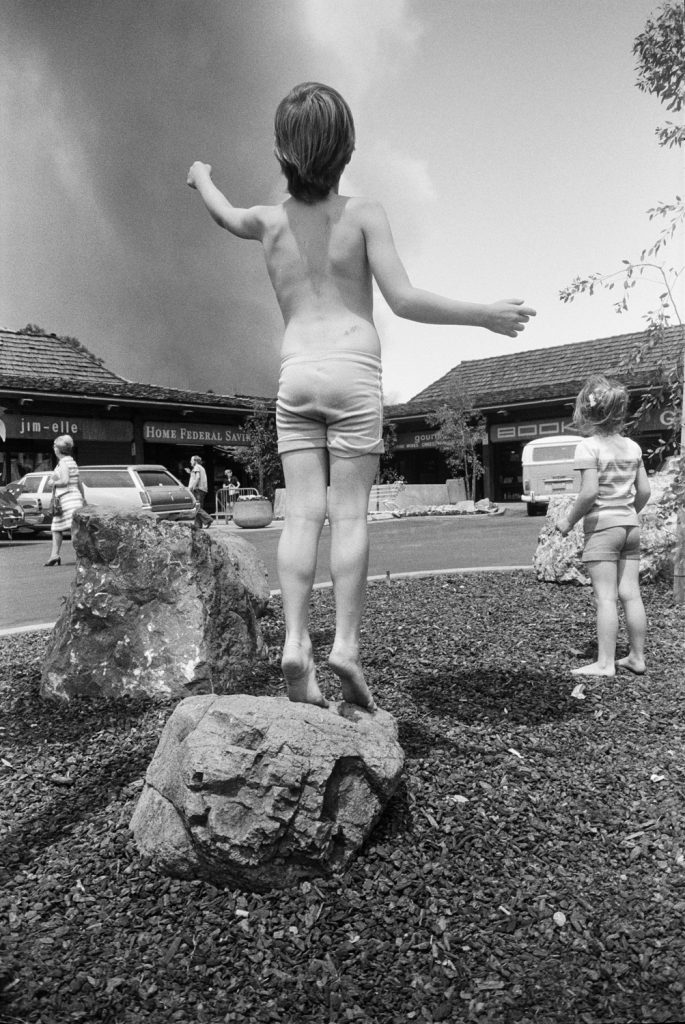
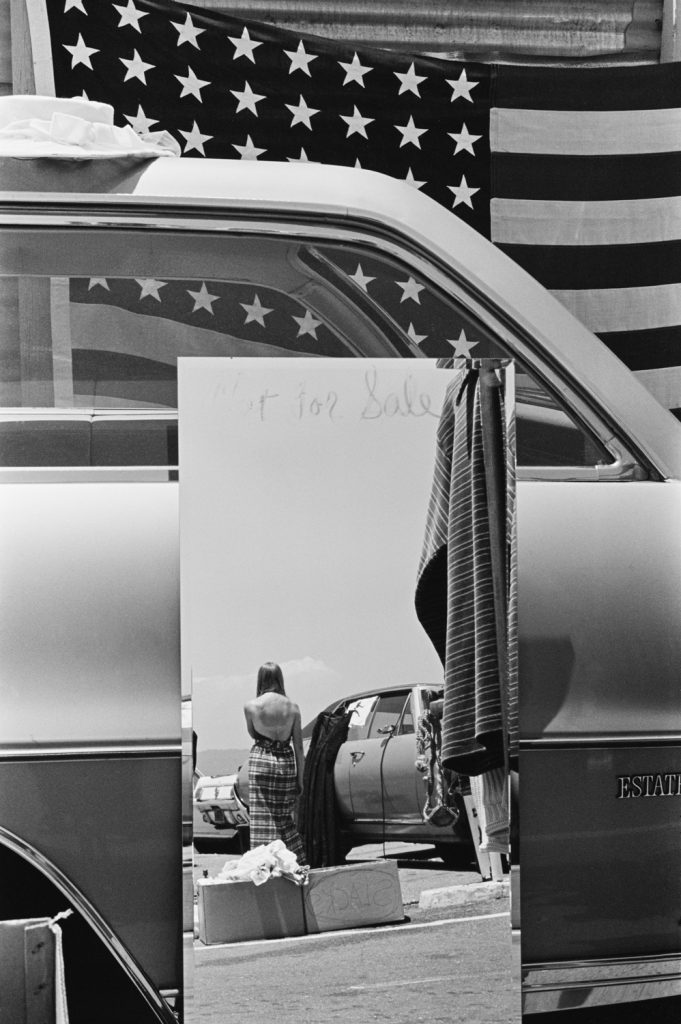
« the desire to explore who I was and where I came from and to have my voice in the mix of those photographers depicting the suburbs. »
What was your organization? How did you start working?
I would drive around, go to fairs, visit places I went to as a child and teenager. There wasn’t an organizational structure beyond the desire to explore who I was and where I came from and to have my voice in the mix of those photographers depicting the suburbs. I made pictures of sullen teenagers as I had been, and kids running wild, in the inhospitable, drought-ridden California landscape, a land both then and now of smoke and fire.
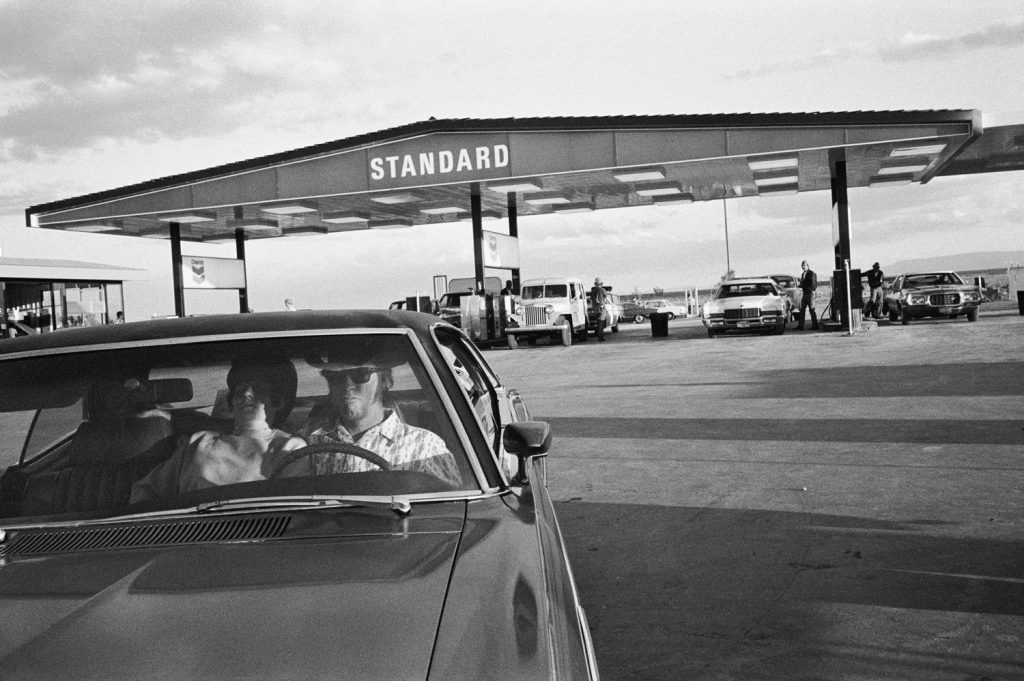
How was that time for you?
At 13 we wore faded 501 jeans, torn at the knees, tight white t-shirts, long straight hair parted down the middle. We wandered around the Walnut Festival, hiding in corners, smoking cigarettes, looking for stuff to do. The starkness of the landscape hurt my eyes. The low brown hills coated with dry grass, scratching my ankles, foxtails caught in my socks. I was always looking for a place to hide from the bright, white sky. The raw dirt yards and treeless streets, model homes expanding exponentially, with an imperceptible variation. Suburbia, the landscape of my childhood.
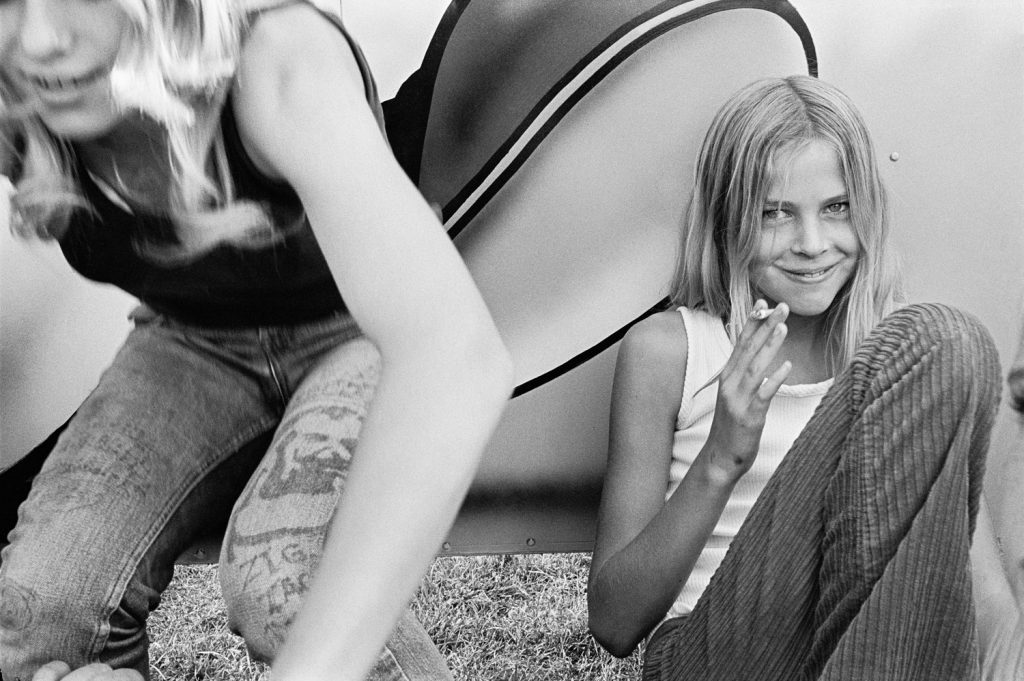
Throughout my childhood years, growing up beneath the shadow of Mt. Diablo in the California suburb of Walnut Creek, I watched the rolling hills and valleys mushroom with tract homes and strip malls, and to me and my teenage friends, they were the blandest, saddest homes in the world. The Haight Ashbury counter-culture, existing no less than 20 miles from my suburban enclave, along with the anti-war and civil rights movements, called out to us, standing in sharp contrast to the bland uniformity of life in the suburbs.
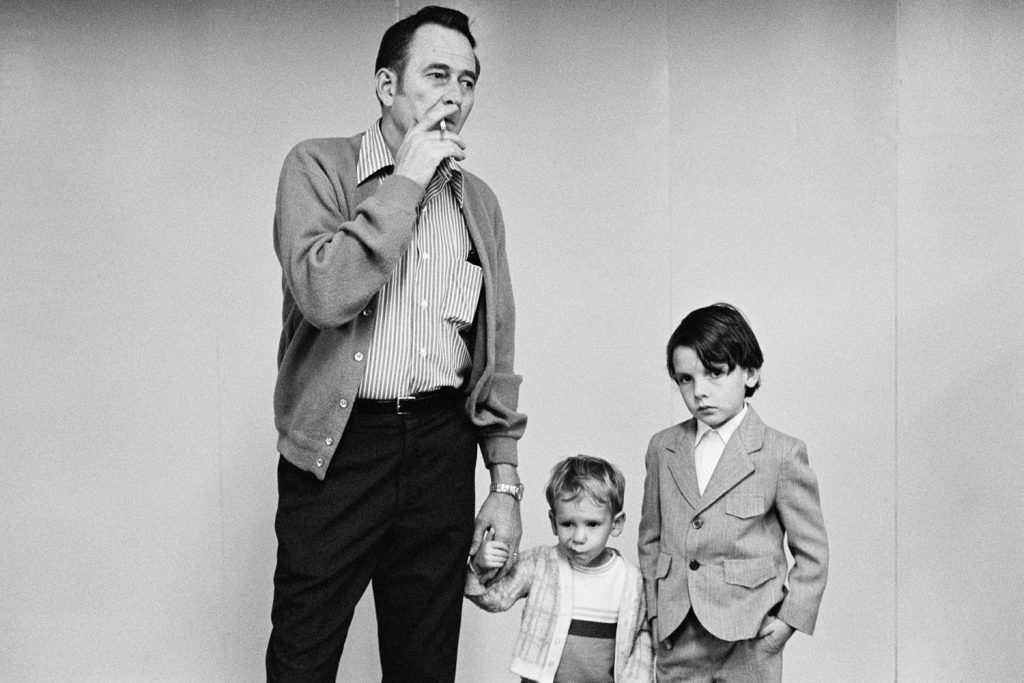
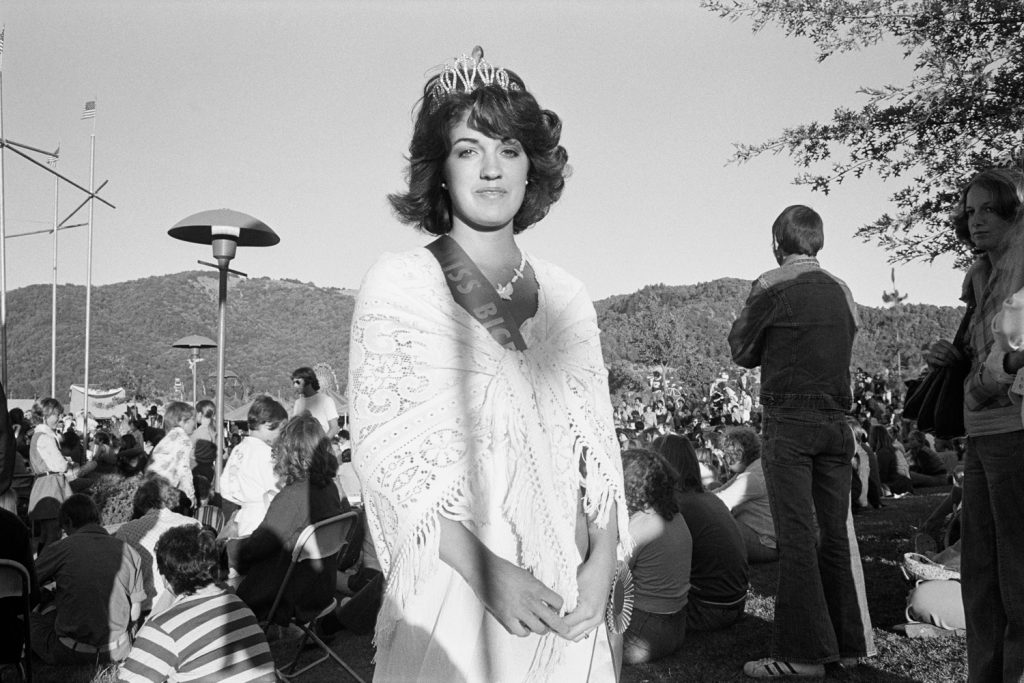
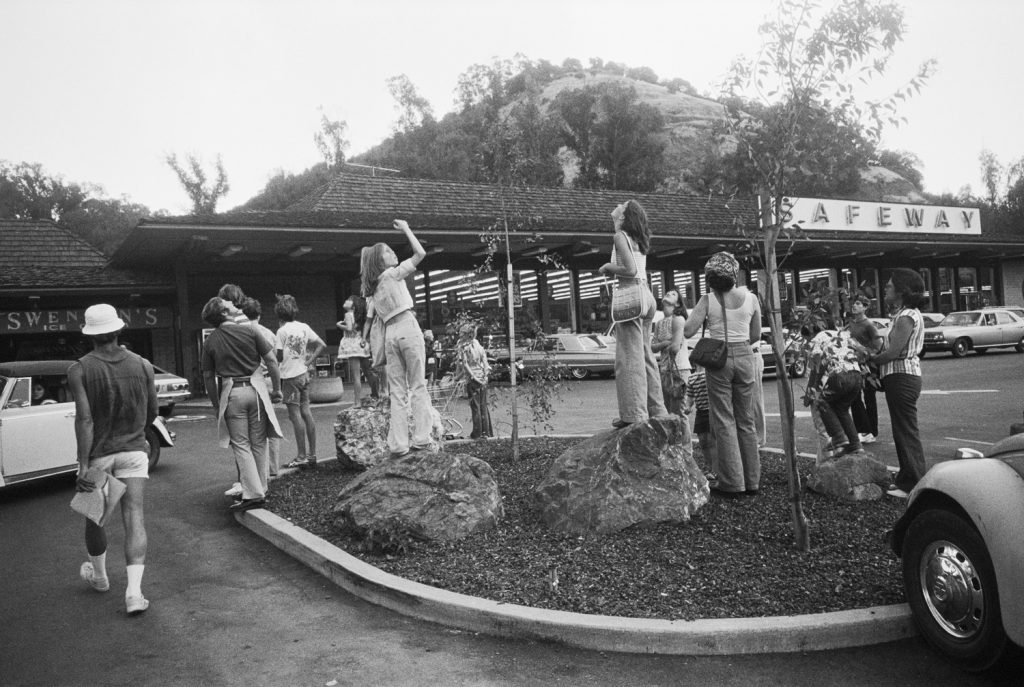
What did you say to introduce yourself and explain what you were doing?
Sometimes I talked with people I photographed, and sometimes I didn’t. If people were interested, I’d tell them I was photographing people and places that reminded me of where I came from. Everyone seems to understand that motivation, which is simple and true. I see photography as a means to excavate not only my life but the world around me. Which in turn can be a jumping-off point to discuss many issues from land use and climate change to race to fashion to whatever might be of interest to a particular person. I’m personally most interested now in how the altered and manufactured landscape of the suburbs has contributed to climate change, and the wildfires now engulfing California. For me, the resonance is both eerie and meaningful in how the pictures I made earlier in my life are pertinent to the moment we’re living through now. The American dream as embodied in the ever-expanding California suburbs has collided with a climate in crisis.
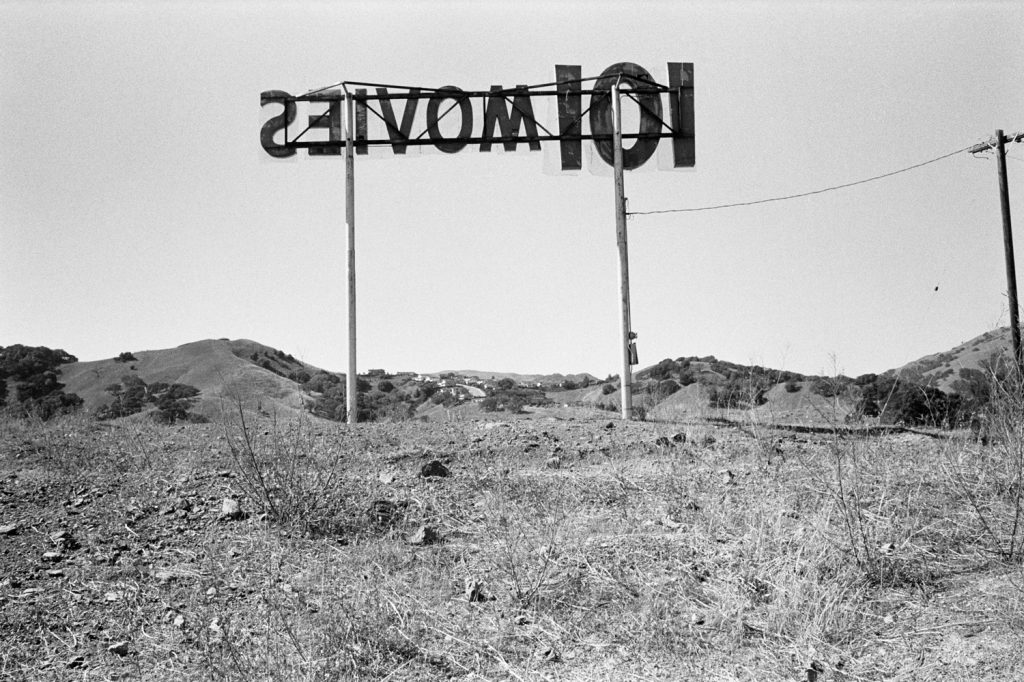
What camera and film did you use?
The pictures in « The White Sky » were shot with a Leica M2r with a 35 and 50mm lens, and Tri-x film.
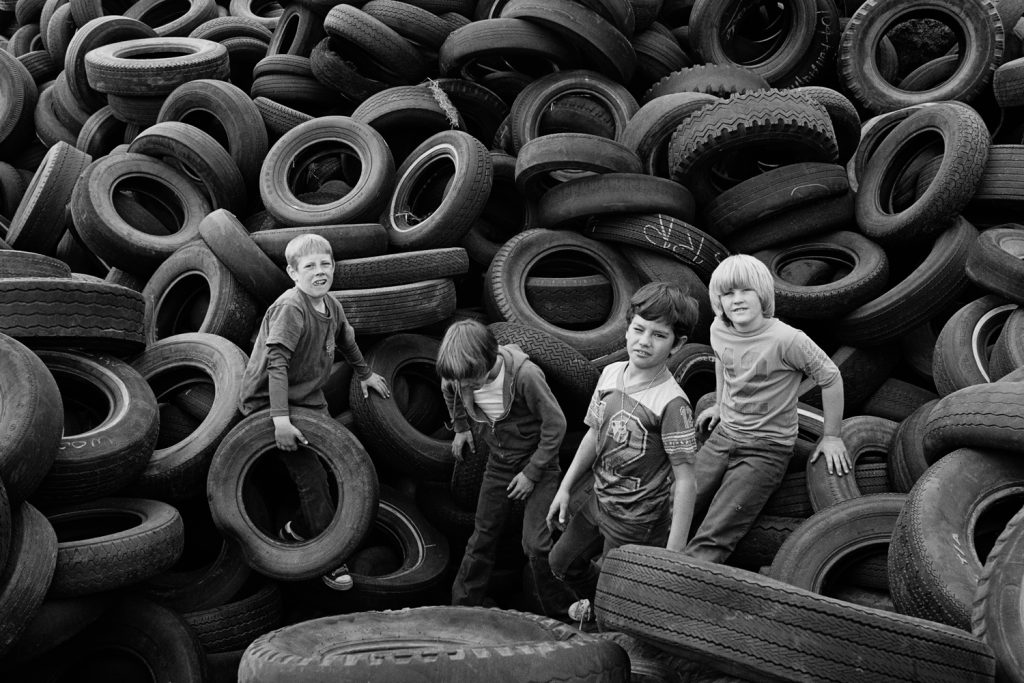
« Curiosity and a desire to have their voice heard are great motivators »
What advice would you give to 20-year-olds today that you think is essential to start a project of this kind?
I always tell students to photograph what they are passionate about, what’s compelling to them, and what’s interesting to them. Curiosity and a desire to have their voice heard are great motivators. Personally, I need all of those ingredients to sustain a long-term project.


Let’s talk about the book published by Stanley / Barker. How did it all start? Who contacted whom?
Stanley/Barker contacted me last September to see if I might be interested in making a book with them and expressed particular interest in publishing my 70s suburban pictures. This is work I had been wanting to make into a book and I jumped at the chance to do it. Initially, I sent them a draft layout. They sent me several drafts which included my ideas and their ideas. The first draft that they sent me was kind of wild, playful, and unpredictable, different from what I had sent them, but very strong. That’s the one we ended up choosing. After that, we added and subtracted images, but the basic layout stayed in place.
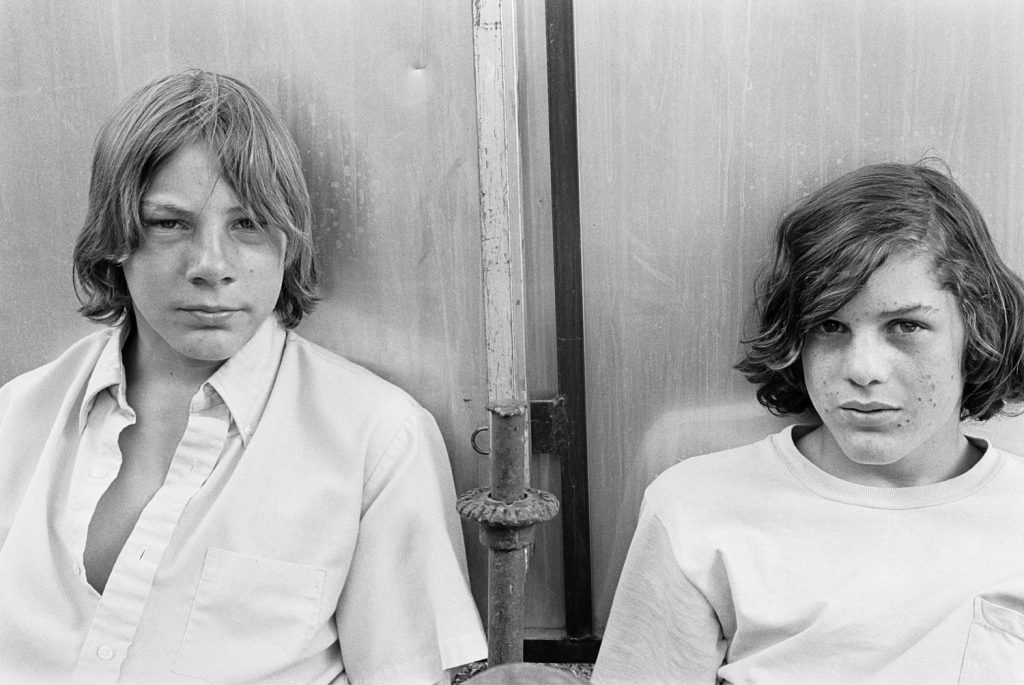
Your top 5 photo books?
The Americans, by Robert Frank
The Diane Arbus monograph
Tulsa by Larry Clark
Portraits by Rineke Dijkstra
Past K-Ville by Mark Steinmetz.
Interview by Kalel Koven
Photographer’s Links: Website – Instagram
Her book « The White Sky », published by Stanley/Barker
« Landfall », published by TBW Books



